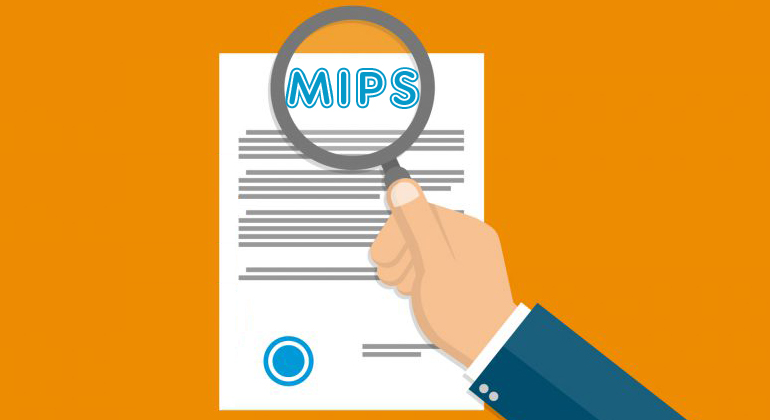Loading...

Outsourcing medical coding
Medical Coding such as inpatient coding , outpatient coding and wound care coding is highly specialized skill. It requires a 95% or above coding accuracy rate. It’s a difficult position to fill as it requires the proper training, experience and education as well as CCS certifaction under AHIMA. Choosing the right coder who will qualify at the talent level required in order to maximize reimbursement is a true challenge in today’s HIM environment in order to meet both the regulatory challenges and ensure robust data. Frequently facilities find there is a shortage of qualified candidates to perform this function, even with the advent of many facilities allowing its coding staff to work remotely here in the United States. To ensure that the medical facility will achieve an efficient revenue cycle, minimize the billing denials, while doing this at a lowest viable cost many facilities are outsourcing its medical coding to skilled offshore service providers. Some medical facilities are reluctant to outsource the work offshore because of concerns with accuracy and data security, albeit functions such as transcription have been outsourced overseas for many years very successfully.
Recently in May of 2014 our organization tested multiple organizations in the Philippines for accuracy as we have become aware that other organizations based in the United States are successfully doing so. In the Philippines seven organizations providing these services were pre-screened by our IT Director for appropriate facilities, and HIPAA compliance issues were reviewed as part of that process. Then our Coding Management Team tested their coders and our operations and IT Director visited the facilities personally. Three of the seven organizations passed the muster ensuring HIPAA compliance protocols and facilities. Of those three facilities a total of 96 coders were tested. Seventeen total coders from these facilities passed with a 95% accuracy rate or higher. All of these coders were CCS certified from AHIMA and had three or more years’ experience coding ICD-9 in the United States. Twelve of these coders worked for one organization and that organization has offices in the United States reselling services.
The model considered for this service line included batched work daily sent to the Philippines in one queue, where data would be sent to another queue daily in the United States for our organization’s Coding Managers Audit process. The resulting queue would then be delivered to the acute care hospital. This was a tedious process based on the lack of qualified staff here in the United States. However what was determined was there are qualified coders offshore in the Philippines.
Here are some guidelines to follow in this regard:
1. There are typically two ways to accesses PHI files. The first one is offline medical coding in which PHI is received via FTP sites (encrypted) and the second one is online medical coding that access the EHR and scanned clinical information or patient charts that is already been populated on the system such as a PMS (practice management system) through a secure VPN connection.
2. Then the certified coder is coding and adding diagnostic and procedural codes which are not yet existent in the system. Also Entering the key-in codes for referring doctors, payors/ insurance companies and modifiers as referred to as pre-coding.
3. Coding with a minimum of 95% accuracy and efficiency. There are two types of coding errors, Down-coding (or under-coding) that will result in lower reimbursement and Up-coding (or over-coding) which will result in denial.
4. Certified senior medical coding team will audit on the accuracy of the codes and will also verifies its efficiency to ensure the maximum reimbursement and resulting in very few or no denials.
5. Sending or submitting the coded chart within the system or depending on the requirement to transmit the coded charts to the medical facilities or PMS after quality checking of the codes has been verified accurate.
Generally, physicians are documenting in the EHR or PMS resulting with coding issues or they assign task to staff and at such way practitioner will get less robust data and they will suffer from higher rate of denials and errors.
In U.S. the medical health care spend total as roughly $1.9 trillion in 2005, accounting for 16 percent of total U.S. gross domestic product (GDP). This dwarfed the 8.4 percent median cost of health care as a percent of GDP for the 30 nations that comprise the Organization for Economic Co-operation and Development (Anderson et al., “Health Care Spending and Use of Information Technology In OECD Countries,” Health Affairs, 2006 ). As of this year 2014 the total U.S. health care expenditure is projected to increase to $3.6 trillion.
One of the solutions to this incredible high operating expense of this process domestically and the increased cost of labor in the United States is the form of offshoring, shared services and outsourcing engagements rather than managing in-house staff to perform the work. It has been proven in other medical service industries, (i.e., Transcription), that outsourcing can be an advantage to maximize the total cost of ownership and positively impact operating expenses with very high accuracy, meeting or exceeding quality standards.
Even though HIPAA does not openly forbid offshoring, many healthcare organizations are still cautious. One concern in regard to offshoring communications and politics is that healthcare facilities must be very sensitive to the fact that patient information is privileged and private information. Outsourcing providers must be fully aware of the security protocols of using networks and processes in compliance to HIPAA for this to be successful. We found that the single organization with twelve additional coders which had offices in the United States was the best fit.
Coders must continuously stay up to date with the constant changes to rules and regulations that effect this process including, insurance guidelines and client specific guidelines. Effective training and certification remains the key. Ongoing training costs alone of tested staff that passed the audit process are estimated at 5% to 10% of the total operational costs.
Things to consider why healthcare facilities are considering to outsource offshore medical coding is that it will minimize current coding costs while opening a new pool of qualified coders. Also it will eliminate the need to train new resources, the DNFB will remain lower, reimbursements can be precise and processing and submission of claims will be efficient, reduced cost for infrastructure-related (hardware and software) expenses, elimination of coding staff turnover with steady cash flow.
Some potential challenges are that CMS, TJC and other government protocols are always changing which adds more confusion and increases error rates; this must be addressed with ongoing education. Another challenge is that providers face in the revenue cycle management process relates with billing management, which includes reimbursements not occurring in a timely manner. The last one is increasing complexity of billing rules has caused a much higher incidence of rejected claims and putting pressure on the entire health care operations. In reality the coding of medical billing and health plans are so complicated and some provider does not have a guarantee of getting paid on time.
Our organization determined it is viable to use offshore coding organizations, after they have been completed vetted. Significant time, effort, and funds were expended in this process. Again, the management of this process and the additional auditing would remain here in the states. The offshore companies did provide auditing at their facilities. The batch queue process overnight to the United States auditing team resulted in very high coding accuracy with a daily feedback process. Overall the final costs using offshore coding organizations with management and auditing in the states was somewhat less expensive, but having access to additional outstanding coders was worth the effort.
“Many thanks to the following for contributing to this article, Jeff Yanto, CHTS-IS; Director, Information Technology, Health Information Alliance, Inc.; Natasha Richardson, BS, CCS; Coding Manager, Health Information Alliance, Inc.; and Renee Silverman, RHIT, CCS; Coding Manager, Mercy Hospital of Philadelphia.”





